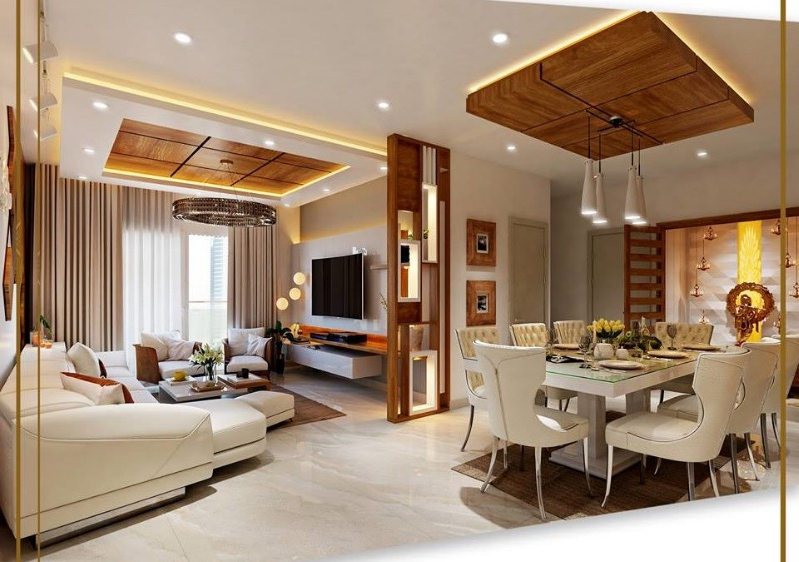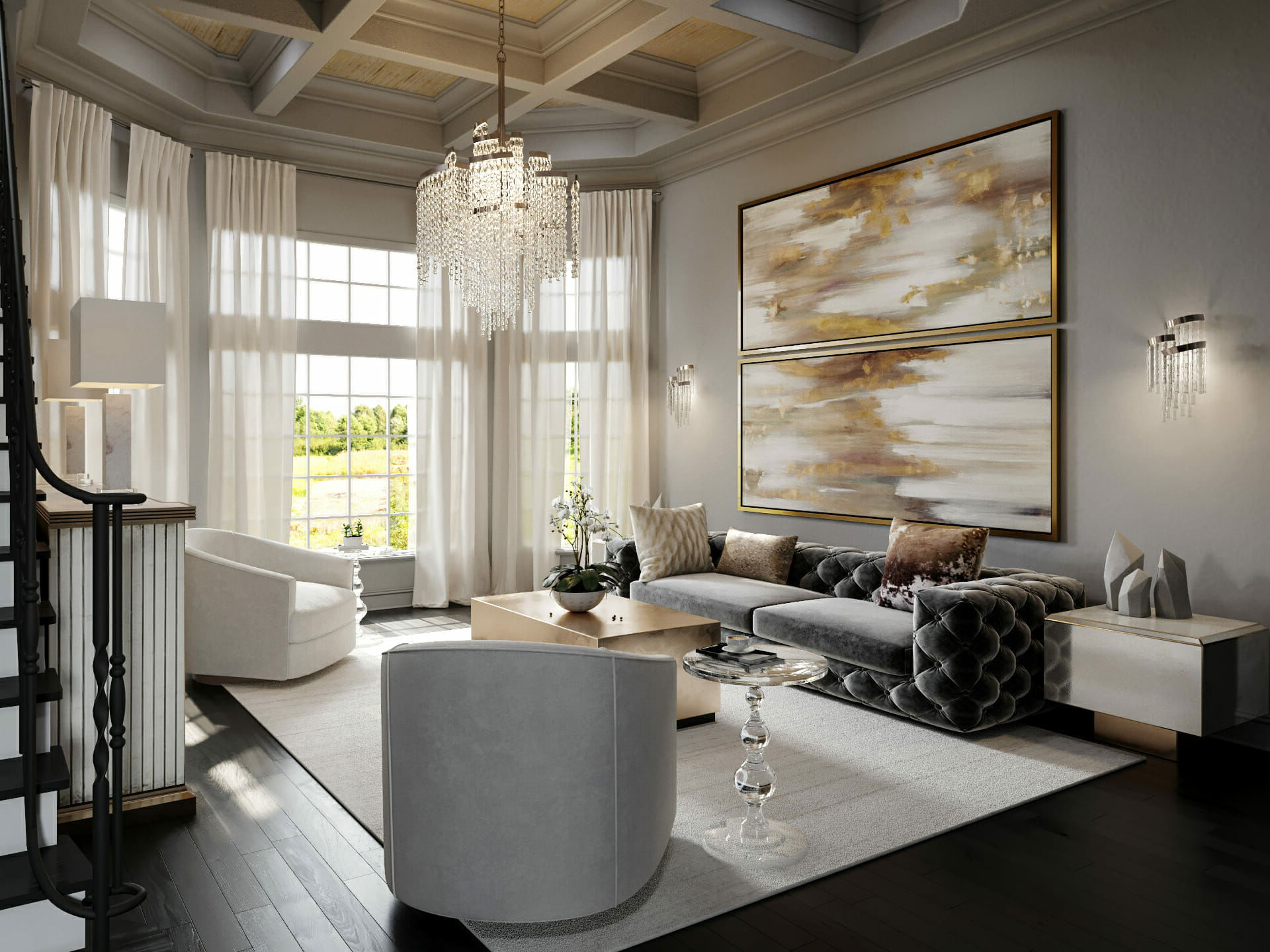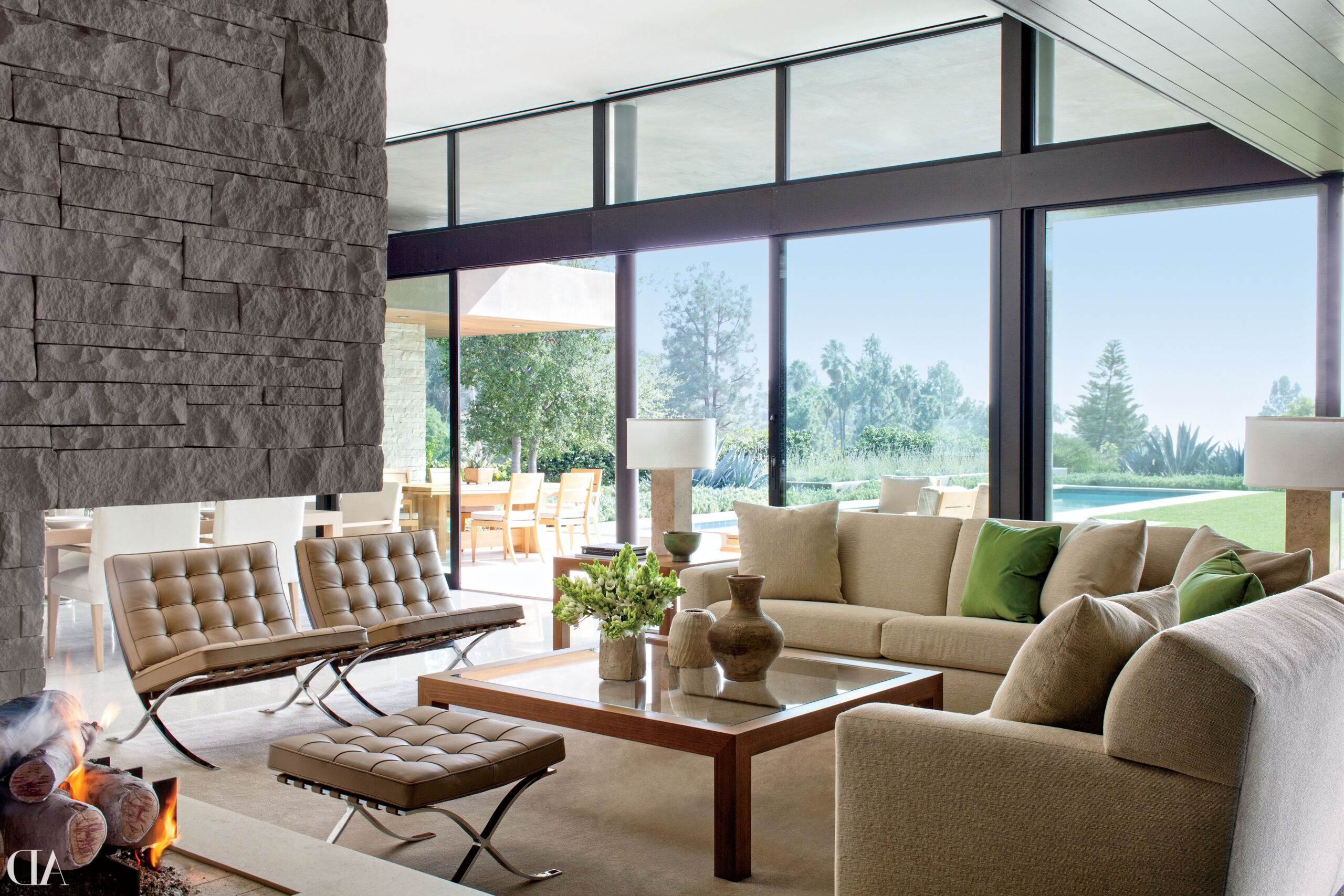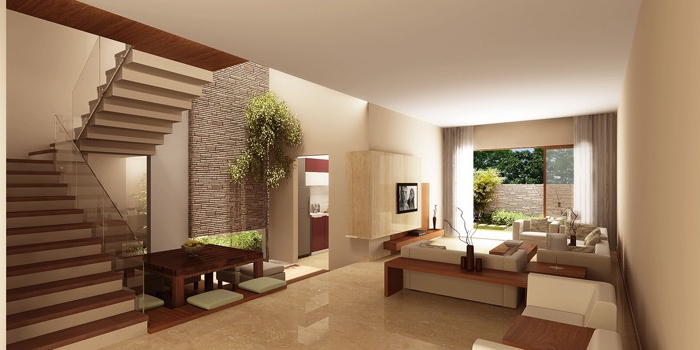Imagine walking into a room where every piece serves a purpose, yet everything feels like it belongs together. That’s the magic of cohesive living areas that balance function and form. It’s not just about pretty pictures or trendy furniture. It’s about creating spaces that feel right, feel comfortable, and feel like they were made for you.
We’ve all been in homes where everything looks like it came from different decades or designers. The couch is mismatched with the coffee table, the lighting doesn’t work with the color scheme, and somehow the whole thing just doesn’t feel right. But what if we could create spaces that feel effortless and intentional? What if we could design areas where every element works together? That’s exactly what we’re talking about here.
Understanding Cohesion in Interior Design
Cohesion isn’t just about matching everything perfectly. It’s about creating harmony through thoughtful choices. Think about your favorite rooms – they probably have something in common. Maybe it’s a consistent color palette, similar textures, or recurring design elements. This connection makes spaces feel intentional rather than random. When you walk into a room and everything just ‘feels’ right, that’s cohesion working its magic. It’s like music – when notes work together, they create something beautiful. When they clash, they create chaos. The same principle applies to our homes.
The Power of Consistent Color Schemes
Color is perhaps the most powerful tool for creating unity in a space. Start with a base color – maybe soft gray or warm beige – then add one or two accent colors that complement each other. You don’t need to match everything perfectly, but having a few shared hues creates visual continuity. Consider using the 60-30-10 rule: 60% dominant color, 30% secondary color, 10% accent color. This approach prevents overwhelming the senses while maintaining interest. For example, a living room with cream walls, navy blue furniture, and gold accents creates a balanced look that feels both cozy and sophisticated. Sometimes, a single statement piece can anchor an entire room’s color story.
Choosing Furniture That Works Together
Selecting the right furniture is one of the most important steps in creating a harmonious and well-designed space. Every piece you choose contributes to the overall story your room tells, so aim for elements that share a visual or material connection. Look for common threads—whether it’s the color palette, material finish, or overall silhouette. For example, a sleek modern sofa pairs beautifully with a minimalist coffee table and clean-lined chairs. On the other hand, mixing styles can work too, as long as there’s balance—think vintage wood alongside modern metal for a curated, eclectic look.
Proportion and scale play a huge role as well. Oversized furniture in a small apartment can make the room feel cramped, while pieces that are too small might get lost in a large, open space. Before purchasing, measure your area carefully and visualize how each item fits together. Always consider functionality: a family living room calls for comfortable seating and a layout that encourages conversation, while a workspace benefits from ergonomic chairs and efficient storage. Ultimately, the best furniture combinations feel intentional—like each piece was chosen thoughtfully to enhance the space rather than just fill it. Sometimes, fewer well-chosen items make a stronger impact than a room full of mismatched pieces.
Using Textures to Create Depth and Interest
Texture is what brings dimension and personality to a room—it’s the element that transforms a flat, one-note space into something engaging and tactile. When used thoughtfully, textures can subtly guide how a space feels: soft fabrics invite comfort, while sleek surfaces add sophistication. Try mixing contrasting materials like smooth leather against a chunky knit throw, or polished metal beside natural wood. This interplay keeps the eye moving and creates visual balance without overwhelming the room.
Small touches often make the biggest difference. A textured rug can anchor your seating area, while woven baskets or linen curtains add warmth and softness. Even glossy finishes, like ceramic vases or glass tabletops, can reflect light and provide contrast to matte surfaces. The secret lies in balance—too many competing textures can create visual chaos, but just the right mix makes your space feel layered and intentional. Think of texture as the “seasoning” of design: subtle but powerful, enhancing everything around it when used in the right proportion.
Lighting That Enhances Functionality and Mood
Lighting isn’t just about brightness—it’s about atmosphere and usability. Well-designed lighting enhances both the functionality and the emotional tone of a space. Start by layering your light sources. Ambient lighting gives general illumination and sets the overall tone. Task lighting, such as desk lamps or under-cabinet lights, supports focused activities. Accent lighting draws attention to architectural features, artwork, or textured walls. Each layer works together to create depth and flexibility.
For more control, consider dimmer switches, which allow you to shift the ambiance from lively to relaxing with ease. The color temperature of your bulbs also matters—a warm, golden light evokes comfort and coziness, while cooler white light is ideal for areas where concentration and clarity are needed. Don’t underestimate the role of natural light, either. It changes throughout the day, influencing both the mood and the way colors appear in your home. Keep window coverings light and airy to let sunlight filter in.
Finally, experiment with lamp placement—sometimes repositioning a single light source can completely alter the energy of a room. When natural and artificial light work together harmoniously, your home feels brighter, larger, and more welcoming all day long.
Making Smart Storage Solutions Work for You
Storage isn’t just about hiding clutter – it’s about organizing your life in a way that supports your lifestyle. Hidden storage keeps spaces clean and uncluttered. Open shelving can display beautiful items while providing easy access to frequently used things. The key is consistency in how you organize. If you’re displaying books, make sure they’re arranged in a way that feels intentional – maybe by color, size, or subject matter. Storage solutions should support the function of the space. A kitchen island with built-in storage keeps everything within reach, while a hallway closet with multiple sections keeps coats and bags organized. Sometimes, the most beautiful storage solutions are the ones you don’t see.
Creating a cohesive living area that feels both functional and beautiful isn’t about following rigid rules or spending a fortune on designer pieces. It’s about making thoughtful decisions that reflect your personality and lifestyle. Every element should contribute to the overall experience of the space. Whether you’re starting fresh or refreshing an existing room, remember that cohesion comes from intentionality. Choose colors that speak to you, select furniture that works for your life, and layer textures and lighting to create depth. Most importantly, don’t be afraid to make the space truly yours. After all, the best rooms aren’t perfect – they’re perfect for whoever lives there.

















